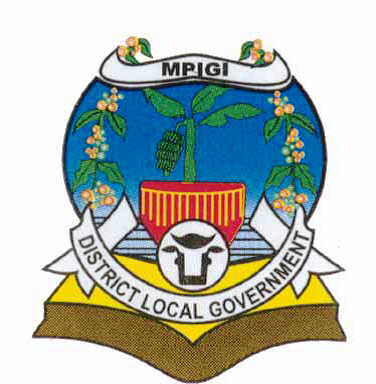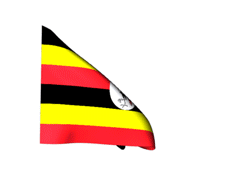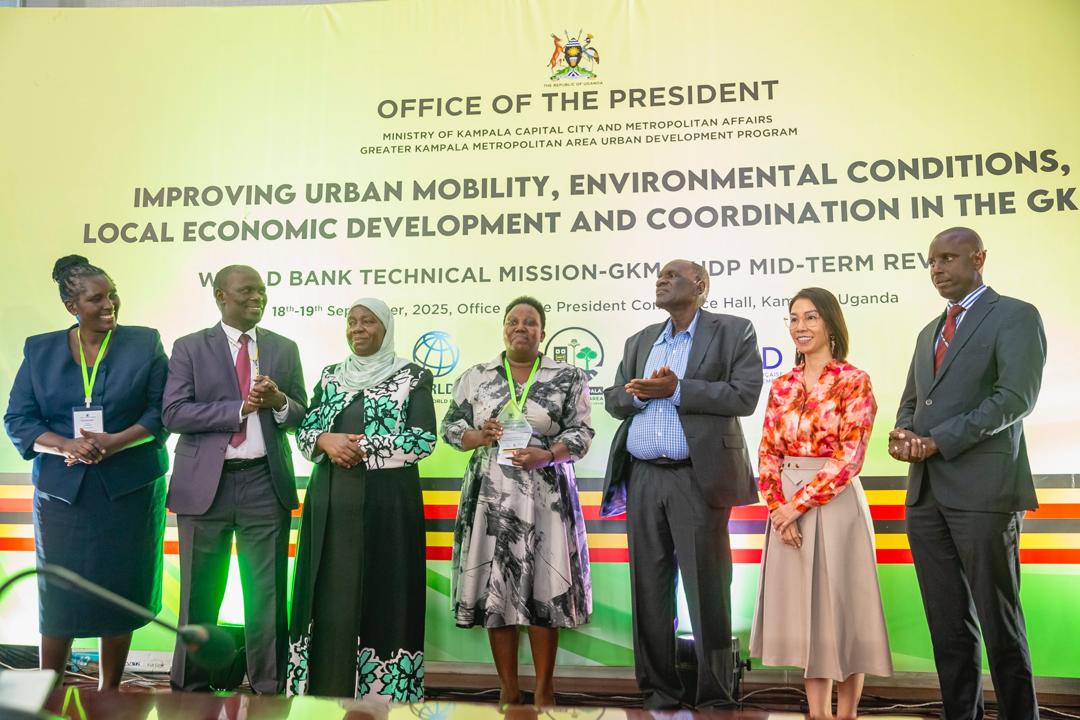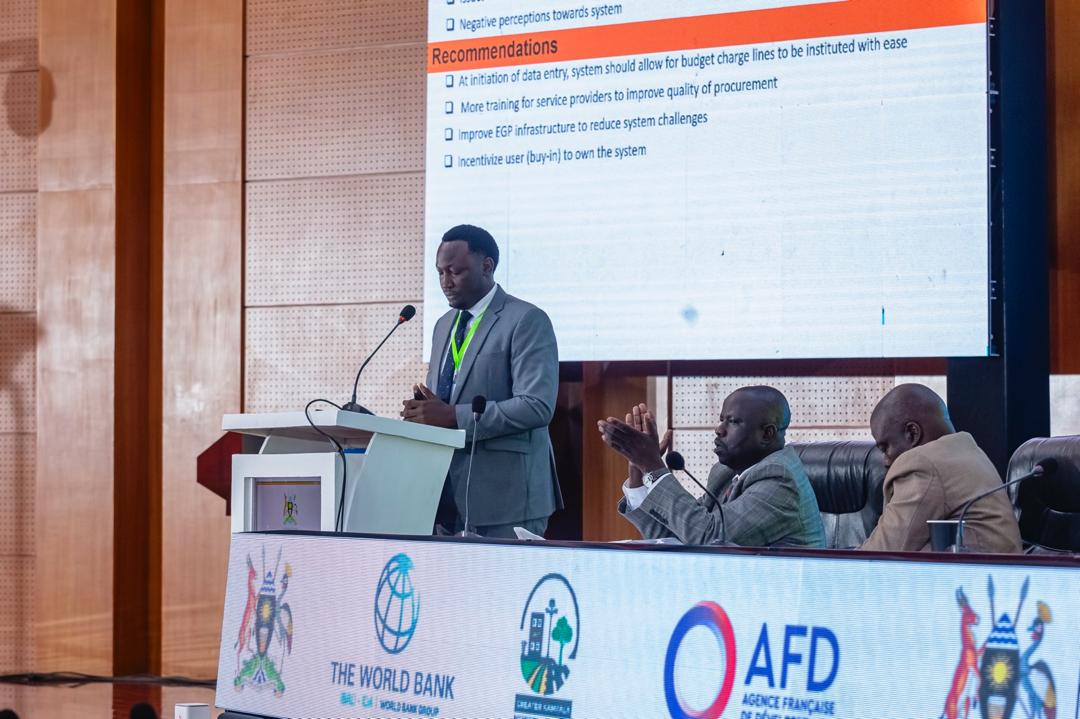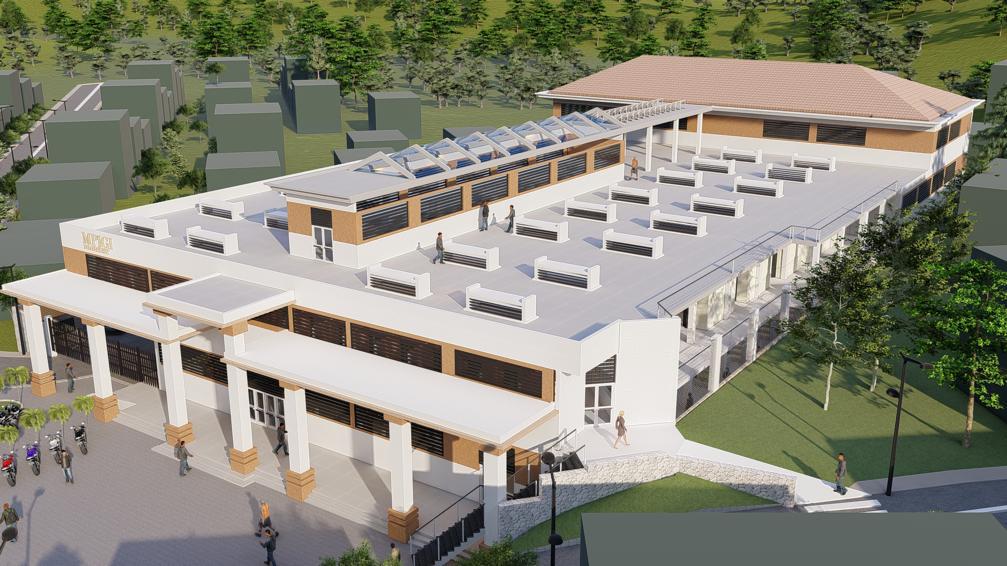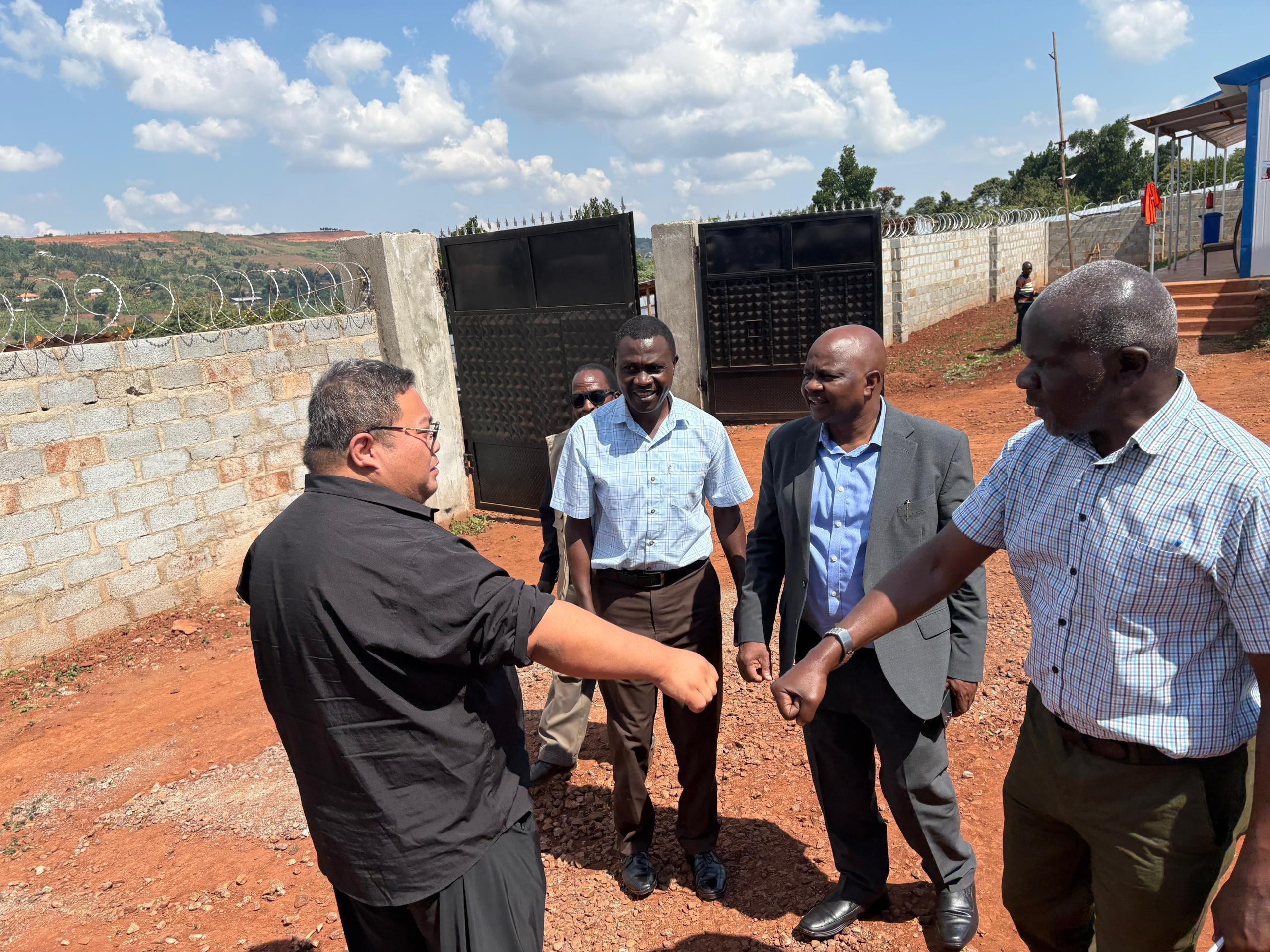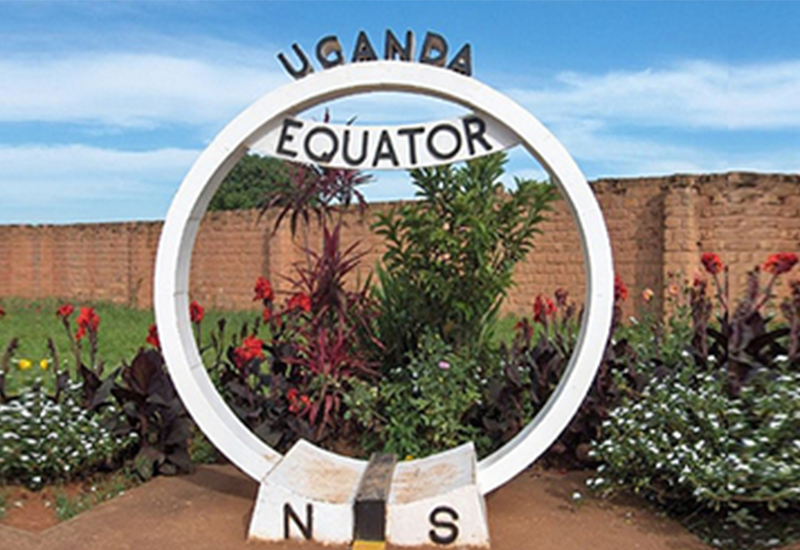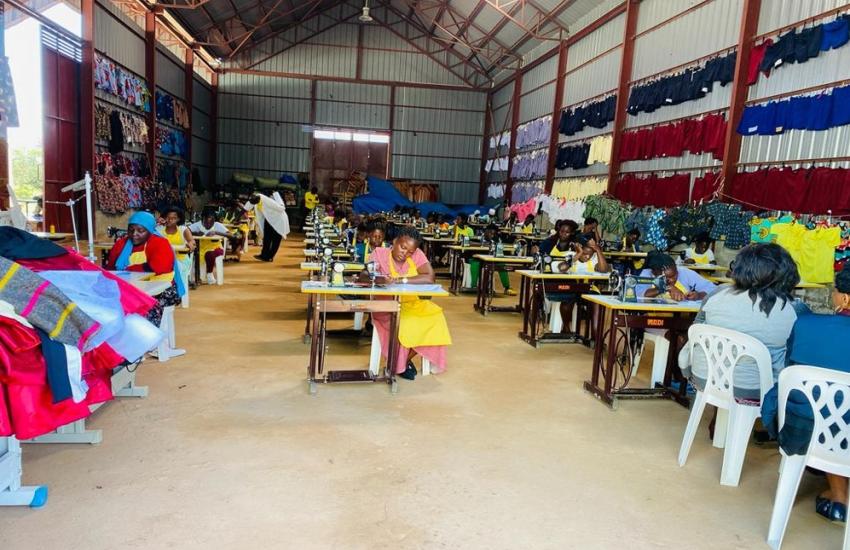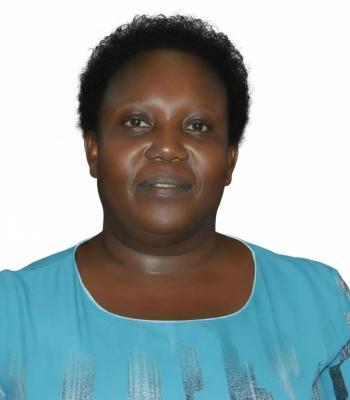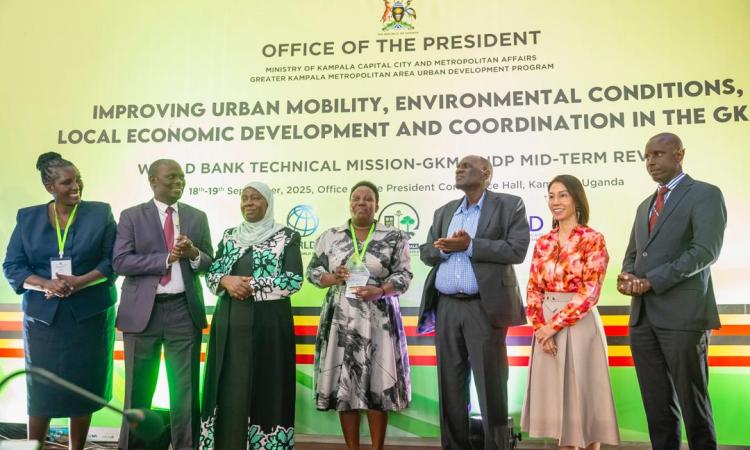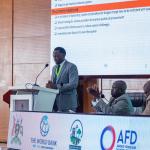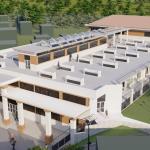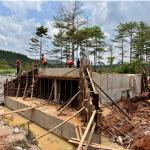Home
Mpigi District is made up of one County, Mawokota with two constituencies of Mawokota North and Mawokota South. It also has 9 Lower Local Governments including 3 Town Councils of Mpigi, Buwma and Kayabwe. The Sub Counties include, Kammengo, Kiringente, Muduuma, Buwama Sub County, Nkozi Sub County and Kituntu Sub County. The District has 56 Parishes and 339 Villages.
Mpigi District is one of the oldest districts in Uganda created in 1967 from the former West Buganda. The district was further subdivided in 2006 to create Wakiso District, comprising Busiro and Kyaddondo Counties) and the remaining Mpigi, comprising Butambala, Gomba and Mawokota Counties. Each of them were later given District status – Butambala, Gomba and Mpigi. Mpigi sits astride the Kampala-Masaka-Mbarara and the Kampala-Mityana-Fort Portal highways and it is just 35 kilometres from Kampala the Capital City of Uganda. It covers 1,541.13 sq km (approximately 0.07% of the country size), with an 86 km shoreline along Lake Victoria, the district boasts of a number of landing sites. The Equator Line Crossing at Kayabwe Town Council, Kibuuka Omumbale (Buganda’s god of war), Makanaga Wetland, Mpambire drum making, Mpanga Eco Forest, Crocodile farm are some of the oldest touristic and learning sites, in the district and Uganda, as a whole.
The district’s population is estimated to be 299,100 comprising of 150, 300 males and 148,800 females with the average household size of 4.2 persons and annual population growth rate of 0.244%. The varsity majority of the population is engaged in agriculture with 79% of the Households deriving their livelihood from it. It enjoys a temperate equatorial climate and average annual maximum temperatures range between 22.5˚C and 27˚C. Average relative humidity ranges between 80% and 95% especially in forest areas.
In many ways, Mpigi District still influences the economy of Kampala the capital city as a partial dormitory, along with other districts such as Wakiso and Mukono. The District provides a sizeable work force to Kampala in terms of market, labour as well as provision of agricultural products. Therefore, the geopolitical importance of the district, gives it a competitive advantage over many districts of Uganda.
- To mobilize the community and resources for effectiveness of the development process.
- To coordinate extension services for improved production, household food security and incomes.
- To promote access to basic services for heath, roads, water and sanitation for improved quality of life.
- To improve quality education services for better quality of life.
- To coordinate planning and implementation of activities for economy, efficiency and effectiveness
